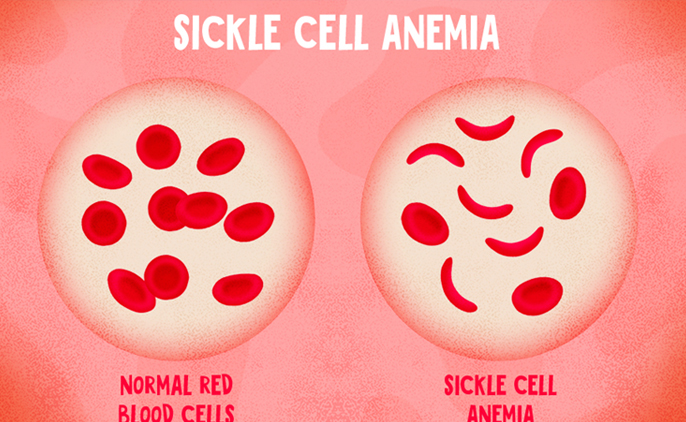Sickle Cell Anemia
A genetic blood disorder that tends to pass along from one generation to the next is known as Sickle Cell Anemia. Usually, RBCs have a disc-like shape which gives them the flexibility to travel through even the smallest blood vessels in the body. But in sickle cell disease, the RBCs have an abnormal shape resembling a crescent moon or a sickle and they become rigid and sticky as well. As a result, they get trapped in the small vessels and cause severe damage and pain in the body.
Types
Treatment
Bone marrow transplant or Stem cell transplant is the only known cure for sickle cell anemia. In this procedure, damaged cells are replaced with new cells with the help of IV infusion.
Procedure for Bone Marrow Transplant
The treatment usually begins with chemotherapy to create space for healthy cells. After that, healthy stem cells are infused through an IV, as done in blood transfusion. There is not any surgical procedure involved in this process.
Risks factors
Prevention
PGD IVF: There is a procedure to avoid passing the genes of sickle cell to the baby, known as a preimplantation genetic diagnosis. It is performed during in vitro fertilization (IVF) to thoroughly examine embryos to select sickle-free embryos for transfer or implantation.
PRENATAL TESTS: It is a test that is done to check whether the baby has or has not inherited genes from the parents before giving birth.
There are two types of tests:
- Chorionic Villus sampling (CVS)
- Amniocentesis
Some Facts About half match & full match BMT in Sickle Cell Anemia
| Number of days taken for initial investigations | 10 |
| Number of days in Hepa filter room | 25-30 |
| Number of days in Room | 0 |
| Follow up days | 75 |
| Total days required to stay overseas for treatment | 115 |
Role of Parishay Healthcare in Planning Treatment for Sickle Cell Anemia!
After you contact us, a relationship manager is allocated to you who arranges a teleconsultation with an excellent healthcare provider according to your need. After your consent, we move forward with your untroubled travel arrangements, treatment plan, and follow-up care.
For more information visit our website www.parishayafrica.com


